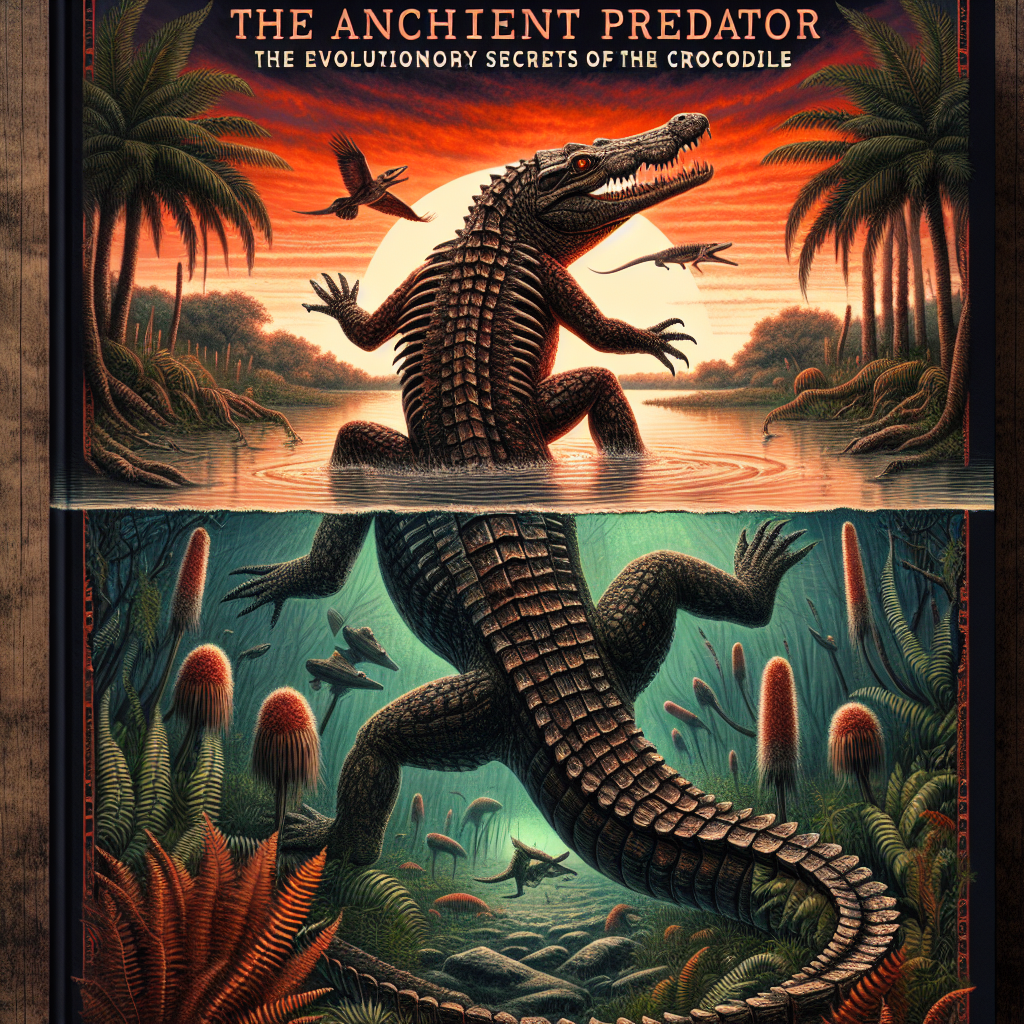Unveiling the Ancient Predator: The Evolutionary Secrets of the Crocodile

Title: Unveiling the Ancient Predator: The Evolutionary Secrets of the Crocodile
Crocodiles are often depicted as timeless guardians of the swamps and rivers, a portrayal befitting creatures that have withstood the test of time for over 200 million years. These formidable reptiles, characterized by their iconic armored scales and powerful jaws, are far more than relics of the dinosaur age. Scientists have dedicated years to uncovering the evolutionary secrets that have allowed crocodiles to persist through cataclysmic events that eradicated countless other species. This article delves into the rich evolutionary history of crocodiles, exploring the adaptations that have ensured their survival and dominance across millennia.
### The Genesis of Crocodilian Lineage
The story of crocodiles begins during the Triassic period, around 240 million years ago. The Earth was a dramatically different place, with a single supercontinent, Pangea, dominating the globe. The predecessors of modern crocodiles were part of a group known as Crocodylomorpha, a diverse collection of small, agile terrestrial reptiles. Over time, these creatures would evolve into the first true crocodilians, diversifying into various forms, including terrestrial and fully aquatic species.
### Surviving the Great Extinctions
The evolutionary journey of crocodiles has been punctuated by significant mass extinction events. Most notable was the Cretaceous-Paleogene extinction event, approximately 66 million years ago, which obliterated around 75% of Earth’s species, including the non-avian dinosaurs. Crocodiles, however, showcased their impressive resilience. Their semi-aquatic lifestyle and generalist feeding habits allowed them to adapt to the drastic changes in climate and habitat that followed the extinction event.
### Anatomical Marvels: The Key to Longevity
Crocodiles possess several unique anatomical features that have been critical to their longevity. Their powerful, low-slung bodies and strong tails make them proficient swimmers, while their ability to remain almost entirely submerged enables them to be stealth hunters, ambushing prey with remarkable precision. This hunting strategy has been a significant factor in their survival, allowing them to exploit a wide range of environments and prey.
Their iconic skin, dotted with osteoderms (bony deposits), provides essential protection and aids in thermoregulation — a vital adaptation for managing body temperature in varying climates. Additionally, crocodiles are ectothermic animals, meaning they rely on external heat sources to maintain their body temperature, an energy-efficient trait that reduces their metabolic demands when food is scarce.
### The Enigma of Evolutionary Stasis
While many organisms have undergone significant evolutionary changes, crocodiles appear to have experienced an evolutionary stasis, where their basic morphology remains relatively unchanged. This phenomenon, termed “living fossils,” suggests that crocodiles reached an optimal evolutionary state early on, allowing them to endure various environmental upheavals with minimal morphological alterations.
### Genomic Insights and Future Studies
Recent advances in genetic research have provided new perspectives into the evolutionary history of crocodiles. Sequencing the crocodilian genome has unveiled insights into their long-term evolutionary stasis, illuminating genetic adaptations that have facilitated their survival. Comparative genomic studies continue to investigate these secrets, offering a glimpse into how these ancient predators might respond to contemporary challenges like climate change and habitat loss.
### Conclusion
The crocodile’s journey through time is a remarkable testament to the resilience and adaptability of life on Earth. Their evolutionary success story underscores the importance of understanding the past, offering critical insights into the durability of life forms in the face of global changes. As we continue to unravel the genetic and ecological mysteries surrounding these ancient predators, crocodiles will undoubtedly remain enigmatic symbols of tenacity and survival for generations to come.
Preserving their habitats and understanding their role in ecological systems will be vital for ensuring their continued presence in the natural world — allowing these magnificent relics of the past to thrive far into the future.